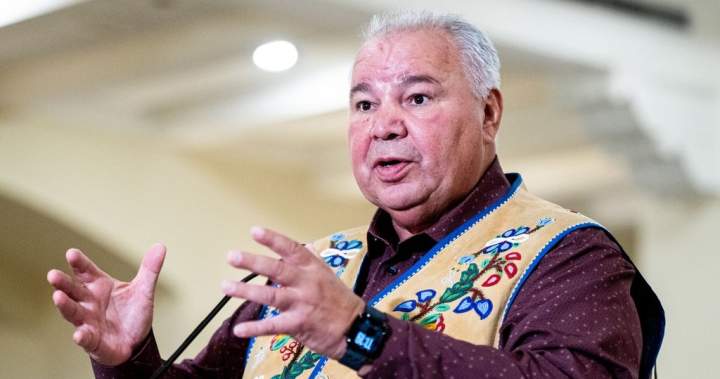In a growing dispute that threatens to deepen divisions among Métis communities, the Métis National Council (MNC) has raised serious questions about millions in federal funding flowing to the Métis Nation of Ontario (MNO) despite its suspension from the national body four years ago.
The controversy centers on the MNO’s continued receipt of substantial federal support—estimated at approximately $70 million annually—even after the organization was suspended in 2020 for recognizing Métis communities that other Métis governments argue lack historical legitimacy.
“This isn’t merely about money—it’s about identity, recognition, and who has the authority to determine authentic Métis communities,” said Cassidy Caron, President of the Métis National Council, in an exclusive interview with CO24 News. “The federal government continues to fund an organization that recognized six new Métis communities in Ontario that have no historical connection to the Red River Métis homeland.”
At the heart of this dispute lies a fundamental disagreement about Métis identity and territorial boundaries. The MNC, which represents Métis governments in Alberta, Saskatchewan, and British Columbia, maintains that true Métis communities developed specifically in western Canada and parts of Ontario, stemming from distinct Indigenous nations that emerged during the fur trade era.
Meanwhile, the MNO has expanded its recognition to include communities in eastern and southern Ontario—a move that traditional Métis leaders view as diluting authentic Métis identity and potentially redirecting resources away from historically recognized communities.
Federal Crown-Indigenous Relations Minister Gary Anandasangaree has defended the government’s continued funding of the MNO, emphasizing Ottawa’s commitment to maintaining relationships with all Indigenous organizations, including the MNO’s 31,000 registered citizens.
“We’re talking about real people with real needs who identify as Métis,” Anandasangaree stated during a parliamentary committee hearing last week. “The federal government cannot simply cut off support based on internal governance disputes within the broader Métis community.”
The funding controversy has implications that extend far beyond financial considerations, touching on Canadian politics, historical recognition, and the very definition of Métis identity. For many traditional Métis leaders, the issue represents an existential threat to their cultural heritage.
“When the federal government funds organizations that expand Métis identity beyond its historical roots, it undermines generations of struggle for recognition by authentic Métis communities,” explained Dr. Eleanor Thompson, an Indigenous studies scholar at the University of Toronto. “This creates a troubling precedent where Métis identity becomes disconnected from its specific historical and cultural context.”
The Manitoba Métis Federation (MMF), which left the MNC in 2021 over similar concerns, has been particularly vocal about what it sees as identity appropriation. MMF President David Chartrand has characterized the situation as “historical identity theft” and has called for stricter federal oversight of funding to organizations claiming Métis status.
For its part, the MNO maintains that its approach to community recognition follows rigorous historical research and constitutional rights principles. MNO President Margaret Froh has defended her organization’s inclusive approach, arguing that Métis communities existed throughout Ontario well before Canadian confederation.
Financial analysts watching the dispute note the significant economic implications. “Beyond the cultural questions, we’re seeing substantial business and economic development funds flowing through these channels,” noted financial analyst Robert Williams. “Clarifying who legitimately represents Métis interests has multimillion-dollar implications.”
As the controversy continues, many observers in Canada are calling for clearer federal guidelines regarding Métis identity and funding allocation. The dispute highlights the complex intersection of history, identity politics, and resource allocation that characterizes modern Indigenous governance in Canada.
With neither side showing signs of compromise, and federal authorities reluctant to intervene in what they view as internal Indigenous governance matters, the question remains: can Canada develop a coherent approach to Métis recognition that respects historical authenticity while addressing contemporary needs, or will financial interests ultimately determine who gets to define Métis identity in the 21st century?









